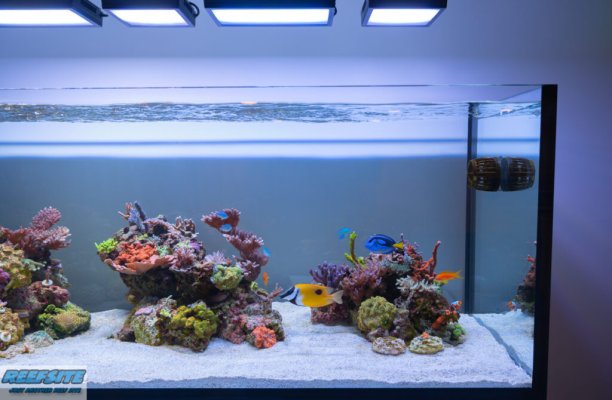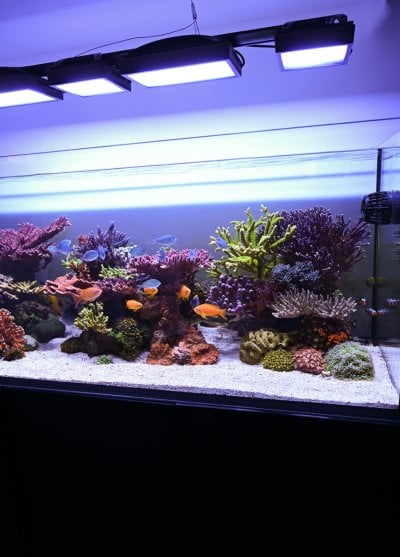Sterile Seascape Stress: Is there such a thing as a reef tank that is too clean?
You have likely seen pictures of pristine tanks where the water is polished to an extreme and a 5-micron filter sock may not even be challenged. It may seem like there may not even be any water in the tank and the fish and coral are just suspended in air. The sand, if there is any, is bright white and there is not a spec of algae or detritus anywhere to be found. Although that may not be your tank – it certainly isn’t mine – it can feel like this a standard to work toward, but is this an optimal reef environment? Is there such a thing as too clean? Please let us know what you think the optimal balance is for a clean aquarium.

Photo by @robert Denadai
This QOTD is sponsored by: www.dinkinsaquaticgardens.com

"Our mission is to help save the reefs by providing the highest quality live reef foods for every aquarium - from small biocubes to mid-sized reef aquariums, to giant aquaculture facilities"
You have likely seen pictures of pristine tanks where the water is polished to an extreme and a 5-micron filter sock may not even be challenged. It may seem like there may not even be any water in the tank and the fish and coral are just suspended in air. The sand, if there is any, is bright white and there is not a spec of algae or detritus anywhere to be found. Although that may not be your tank – it certainly isn’t mine – it can feel like this a standard to work toward, but is this an optimal reef environment? Is there such a thing as too clean? Please let us know what you think the optimal balance is for a clean aquarium.
Photo by @robert Denadai
This QOTD is sponsored by: www.dinkinsaquaticgardens.com
"Our mission is to help save the reefs by providing the highest quality live reef foods for every aquarium - from small biocubes to mid-sized reef aquariums, to giant aquaculture facilities"





















